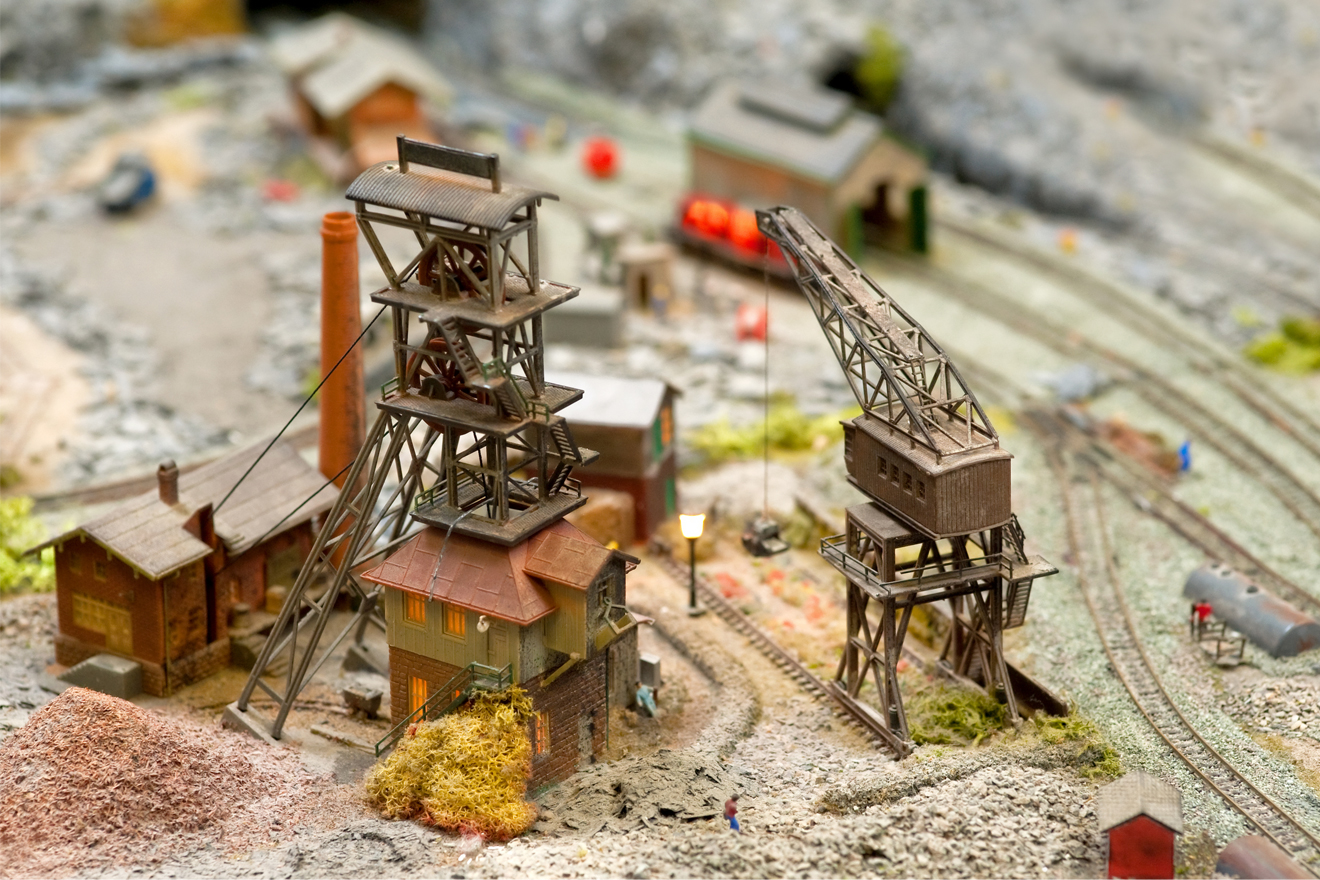The mine ventilation system refers to a system that provides fresh air to the workers in the mine and exhausts the waste gas inside the mine. Ventilation systems play an important role in coal mine safety production, effectively controlling factors such as coal dust, harmful gases, and heat, reducing the incidence of accidents, and ensuring the safety of miners.
The mine ventilation system usually consists of two parts: the supply air system and the exhaust air system. The air supply system sends fresh air underground through equipment such as fans and pipelines for miners to breathe and produce. The exhaust system exhausts coal dust, exhaust gas, etc. from the mine to maintain the air quality inside the mine.
The mine ventilation system can be divided into the following types according to different ventilation methods:

Natural ventilation: Natural ventilation refers to a method of mine ventilation that relies on natural airflow, usually suitable for shallow mines. The advantages of natural ventilation are simple operation and low cost, but its ventilation effect is greatly affected by weather and the ventilation volume cannot be controlled.
Mechanical ventilation: Mechanical ventilation refers to a method of sending fresh air into the mine through equipment such as fans, while also discharging exhaust gases from the mine. Mechanical ventilation can effectively control the ventilation volume and is suitable for deep mines and occasions that require a large amount of air volume. But its drawbacks are complex equipment, high cost, and difficult maintenance.
Blowing ventilation: Blowing ventilation refers to a method of directly blowing fresh air into the working face through devices such as nozzles to reduce the concentration of coal dust and harmful gases. Blow ventilation is suitable for situations that require local ventilation, such as mine construction, blasting, etc. But its ventilation effect is limited and cannot control the underground air quality.
Circulation ventilation: Circulation ventilation refers to a method of circulating airflow by expelling waste gas from the mine, treating it, and then sending it back to the mine. Circulating ventilation can effectively control factors such as coal dust, harmful gases, and temperature, making it suitable for situations that require efficient ventilation. But it requires additional processing equipment, which is costly.
Mixed ventilation: Mixed ventilation refers to a method of combining natural ventilation and mechanical ventilation. By controlling the ratio of mechanical ventilation to natural ventilation, better ventilation effects can be achieved. Mixed ventilation is suitable for situations where energy costs need to be saved and ventilation effects are good, but precise adjustment and control are required.
Overall, different types of mine ventilation systems have their own advantages and disadvantages, and appropriate ventilation methods should be selected based on the actual situation. When selecting ventilation methods, it is necessary to consider factors such as mine depth, mine temperature, concentration of coal dust and harmful gases, and the shape of the working face, and to comprehensively consider and design based on the actual situation. Meanwhile, during the operation of the mine ventilation system, regular inspections and maintenance are required to maintain its safe and efficient operation, ensuring the safety and health of miners.







Comment